Graphic novels have come a long way since their humble beginnings. They have evolved from being considered niche, disposable entertainment to becoming a respected and celebrated form of literature. The combination of compelling storytelling and stunning artwork has made graphic novels a powerful medium for conveying complex narratives and emotions. Creating a definitive list of the best graphic novels to read is an ambitious task, given the incredible diversity and richness of the medium.
Graphic novels span various genres, styles, and themes, making it challenging to rank them objectively. Nevertheless, this list is an attempt to celebrate some of the most influential and highly regarded graphic novels that have left a lasting impact on the world of literature and art. It is important to note that preferences vary, and this list is not exhaustive, but rather a starting point for those interested in exploring the world of graphic storytelling.
Defining Graphic Novels
Before we dive into the list, let us clarify what constitutes a graphic novel. Unlike comic books, which are typically serialized publications with recurring characters, graphic novels are standalone works, often featuring a complete narrative arc. They encompass a wide range of genres and themes, from autobiographical reflections to fantastical adventures.
As we’ve mentioned above, creating a list of the best graphic novels is no easy task, given the vast and varied landscape of graphic storytelling. These rankings are based on critical acclaim, influence on the medium, and enduring popularity.
- “Maus” by Art Spiegelman – A Holocaust narrative told through anthropomorphic animals, offering a profound exploration of trauma and history.
- “Watchmen” by Alan Moore and Dave Gibbons – A groundbreaking deconstruction of the superhero genre, examining complex moral and ethical dilemmas.
- “Persepolis” by Marjane Satrapi – An autobiographical account of growing up during the Iranian Revolution, providing a unique perspective on cultural and political change.
- “Sandman” by Neil Gaiman – A surreal and literary epic featuring Dream, the personification of dreams, and his interactions with mortals and gods.
- “Blankets” by Craig Thompson – A poignant memoir exploring themes of family, religion, and first love.
- “The Dark Knight Returns” by Frank Miller – A gritty, dystopian take on an aging Batman returning to crime-fighting in Gotham City.
- “Fun Home” by Alison Bechdel – A graphic memoir that delves into family, sexuality, and the author’s coming-of-age journey.
- “Jimmy Corrigan: The Smartest Kid on Earth” by Chris Ware – A meticulously crafted tale of loneliness and human connection, presented with intricate visuals.
- “Asterios Polyp” by David Mazzucchelli – A visually stunning and philosophically rich exploration of an architect’s life and relationships.
- “Bone” by Jeff Smith – An epic fantasy adventure featuring three cousins on a quest filled with magic and humor.
- “Black Hole” by Charles Burns – A dark and surreal examination of a sexually transmitted disease’s impact on a group of teenagers.
- “Funeral Parade of Roses” by Toshio Matsumoto – A groundbreaking work of Japanese avant-garde cinema work that was later adapted into a graphic novel.
- “Ghost World” by Daniel Clowes – A witty and poignant portrayal of the complexities of teenage friendship and growing up.
- “Sin City” by Frank Miller – A series of interconnected noir tales set in a gritty and corrupt city.
- “Understanding Comics” by Scott McCloud – A meta-analysis of the medium itself, exploring into the art and theory of comics.
- “American Splendor” by Harvey Pekar – A seminal work of autobiographical comics, capturing the everyday struggles of its author.
- “The Arrival” by Shaun Tan – A wordless graphic novel depicting the immigrant experience in a visually stunning manner.
- “Y: The Last Man” by Brian K. Vaughan and Pia Guerra – A post-apocalyptic tale following the last surviving man on Earth and his monkey companion.
- “From Hell” by Alan Moore and Eddie Campbell – A meticulously researched exploration of Jack the Ripper’s crimes and their historical context.
- “Paying For It” by Chester Brown – A controversial autobiographical work that examines the author’s experiences with sex work and relationships.
The world of graphic novels is rich and diverse, offering a wide array of narratives and artistic styles that have captivated readers for decades. The list we have represent the pinnacle of this medium, pushing the boundaries of storytelling and art. Whether you are a seasoned graphic novel enthusiast or new to the medium, exploring these works can be a transformative and enlightening experience. Each of these graphic novels offers a unique perspective on the human experience, demonstrating the power of visual storytelling to move, inspire, and provoke thought.

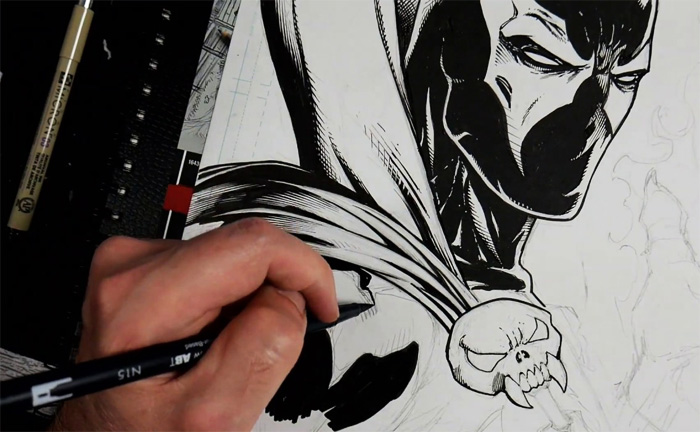
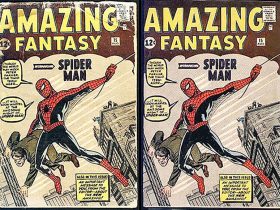
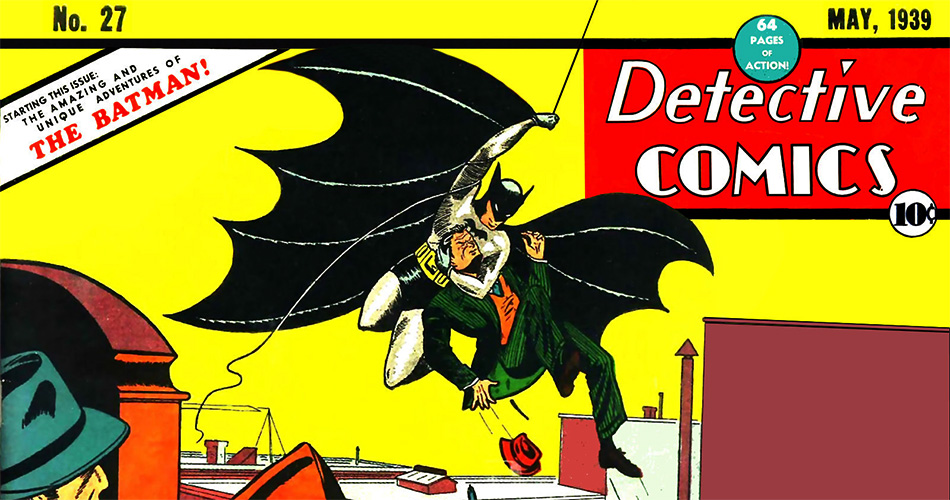
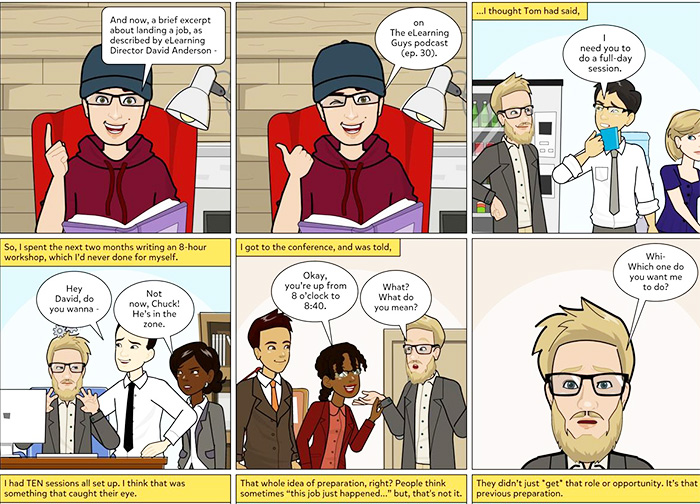

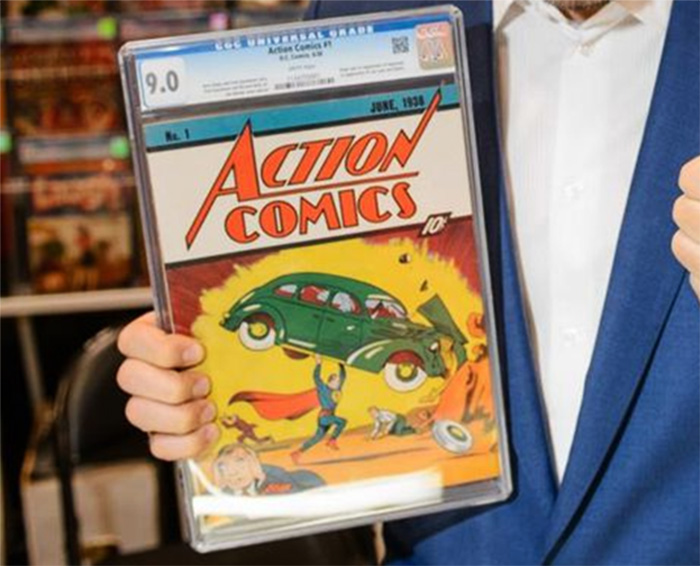

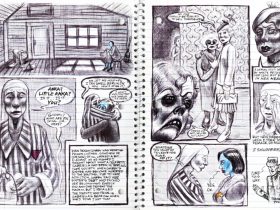
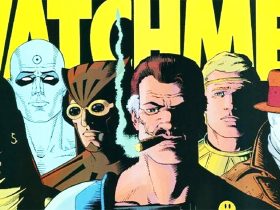
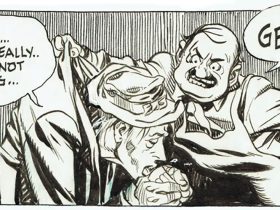
Leave a Reply